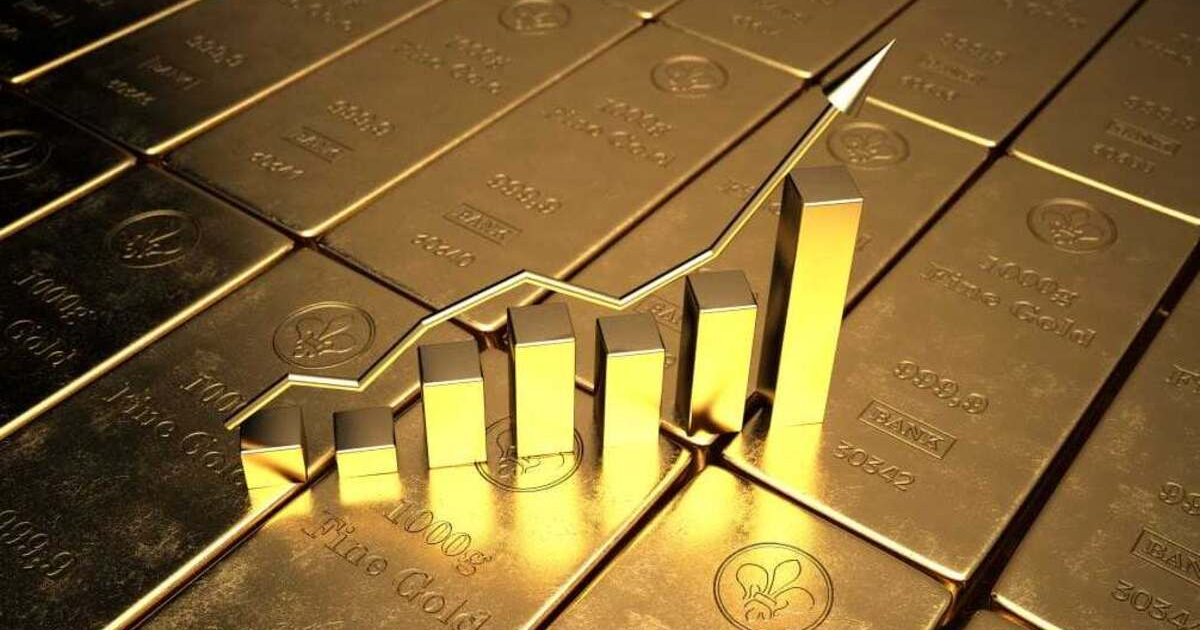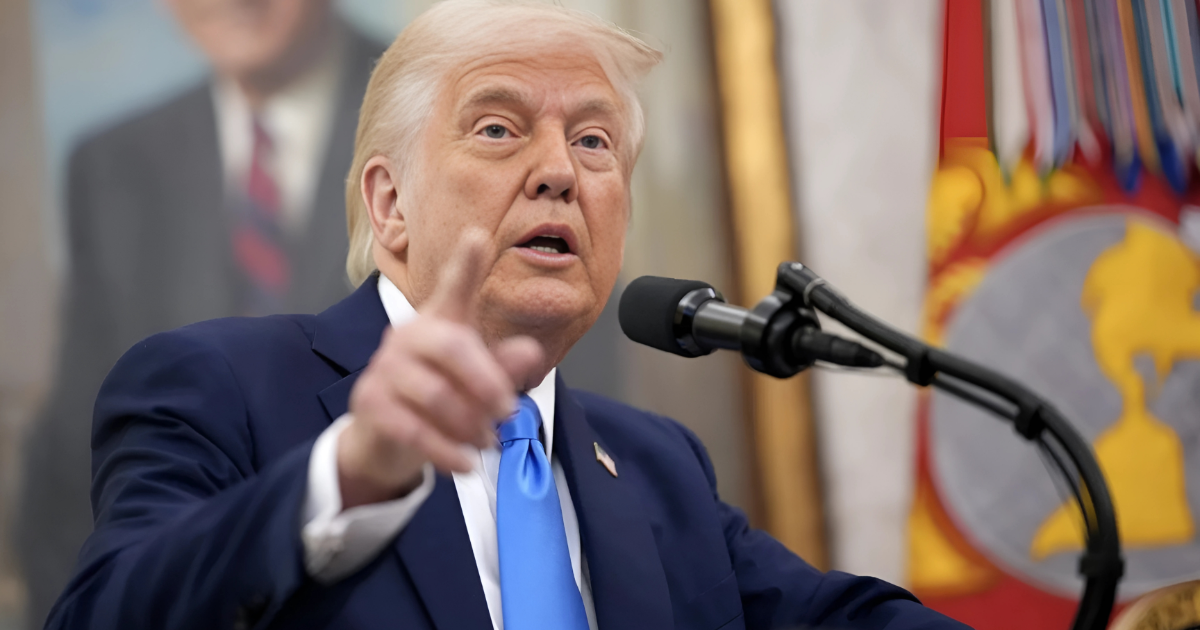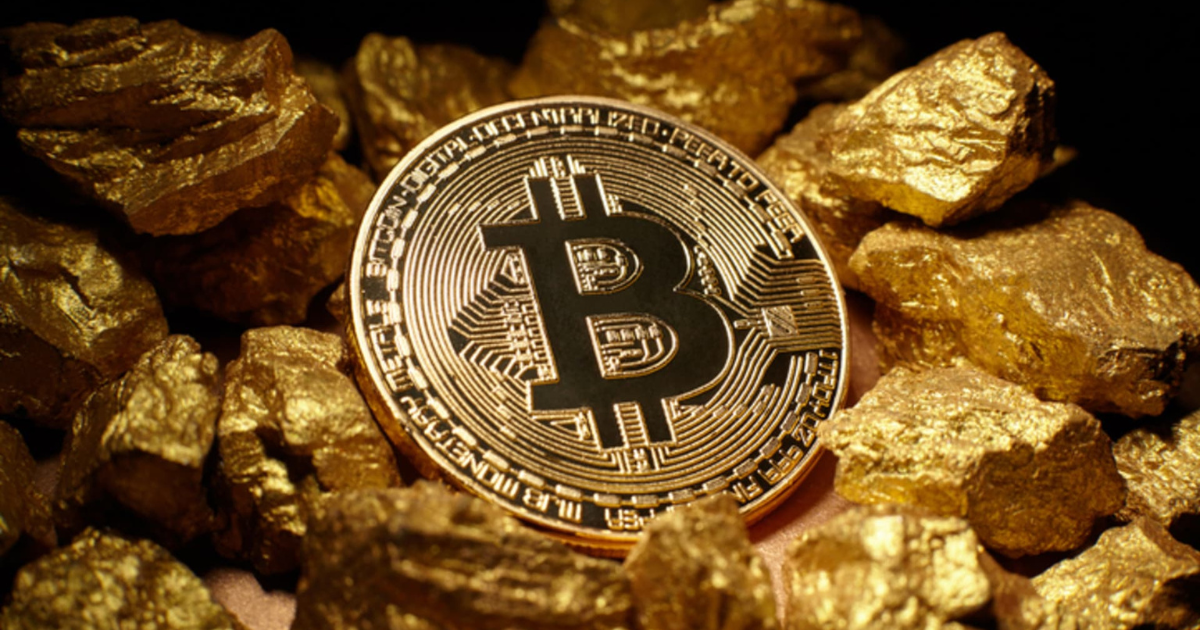As the US dollar hits a three-year low, Bitcoin and gold rises to hit extraordinary levels. Both assets have seen rising concerns over inflation and trade tensions, and the rallying there proves that. The changing of this trend can alter 2025 investment strategies.
Key-Takeaways:
- After the falling dollar and high global tensions, Bitcoin and gold have finally drifted into investors’ favor.
- All this is pushed by central banks and big investors moving to new 2025 investment strategies that are pushing record highs in both assets.
Record-Breaking Performance Across Both of the Assets
 By 2025, gold has broken its all-time high of $3,399 per ounce. In 12 months, it is the 55th record high. Gold has risen 100% since 2020, surpassing the S&P 500’s 86% gain. That shows gold’s enduring appeal as a top safe haven during hard times.
By 2025, gold has broken its all-time high of $3,399 per ounce. In 12 months, it is the 55th record high. Gold has risen 100% since 2020, surpassing the S&P 500’s 86% gain. That shows gold’s enduring appeal as a top safe haven during hard times.
Investor interest is strong, and it is the baby formula, and thus bitcoin and gold rises together. Over the past week, Bitcoin is trading at $87,426, a 3 percent increase.
While Bitcoin is still 20% below its all-time high of $109,000, the momentum on Bitcoin is similar to gold’s rally. This suggests that investors are beginning to implement shifts in the usual currencies.
One day, the jump in the digital assets market was over 3%. $67 billion in trading volume trumped as the total market capitalization reached $2.76 trillion.
Trade Tensions and Presidential Policies
 President Trump’s April 2 ‘reciprocal tariffs’ announcement has caused a shake-up with market dynamics. All of this has resulted in global attention to his bold stance.
President Trump’s April 2 ‘reciprocal tariffs’ announcement has caused a shake-up with market dynamics. All of this has resulted in global attention to his bold stance.
Fuel on the fire was his claim that “those who criticize tariffs are bad at business,” and he who has the gold makes the rules.” These moves have further aggravated ties with China and hurt global trade relations.
Fear for global political risks is reflected in the bitcoin and gold rises. Both now act as shields against swings during policy times.
The bullion hasn’t always preferred trading at its current price, but the tariffs, especially those against China, have hung out what analysts call ‘a perfect storm for bullion.’ These policies are also lifting the values of cryptocurrencies at the same time.
Gold bullion was added by China’s central bank in March 2025 at 5 tonnes. It is the fifth straight month in which it is buying.
Gold reserves in the country now amount to a record 2,292 tonnes, equivalent to 6.5 percent of official reserves. This is seen as a move to move away from relying on the US dollar, they add.
Central bank interest is not the only institutional interest. They are also now turning to gold and Bitcoin as forms of diversification for large investors.
For instance, Bitcoin and gold rises have been spurred on by this backing, especially since there’s doubt over US monetary policy. Investors have been taking refuge in safer assets as rumors that President Trump might remove Powell to head the Fed weakened the dollar.
Shifting Investment Narratives
 In the last few years, gold and Bitcoin rises have been on the same investment story. It is considered safe havens in uncertain times, and so both are believed.
In the last few years, gold and Bitcoin rises have been on the same investment story. It is considered safe havens in uncertain times, and so both are believed.
By now, Bitcoin is not seen as a pure speculation, it has begun to prove stable. This is a massive shift in investor perception as they look to digital gold to soar.
All this indicates a shift in market thinking, Bitcoin and gold rises. Traditional markets are showing signs of weakness and so, investors are considering new options on where to put their money.
U.S. stock futures began down Monday after the Easter weekend. Total losses came in at around $204 million as more than 90,000 traders were liquidated in 24 hours.
CHINA IS BUYING UNPRECEDENTED AMOUNTS OF GOLD
THE U.S. SHOULD RESPOND BY DUMPING GOLD AND BUYING #BITCOIN! pic.twitter.com/ikys3BxOFX
— Crypto Rover (@rovercrc) April 21, 2025
Conclusion
When Bitcoin and gold rises, it’s a sign of deep economic concerns caused also by market uncertainty. Trade ties have shifted, with the dollar at a three-year low, and both are becoming go-to safe havens. As this trend continues to grow, their connection between them may grow even stronger, shaping investment strategies till 2025 and beyond.











